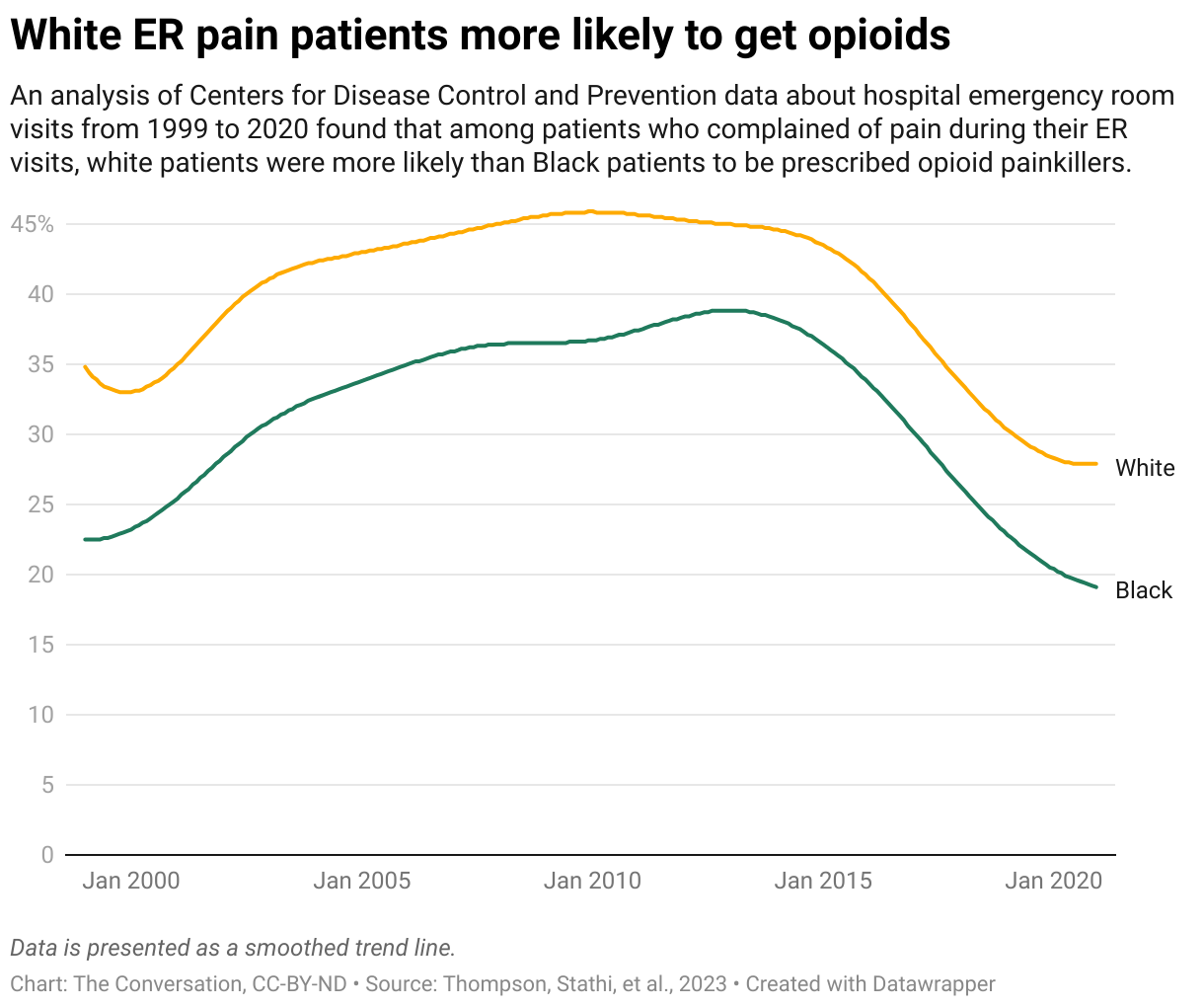People in Pain Feel More Stigmatized and Lonely
/By Pat Anson, PNN Editor
A new global study of people living with pain found that nearly half feel stigmatized and regularly feel lonely. Women, people of color, and the LGBQ+ community are significantly more likely to feel they are treated differently, not believed, or discriminated against because of their pain.
The consumer health company Haleon conducted an online survey of over 18,000 people in 18 countries, including the United States, Canada, Australia and the UK. It’s the fifth time since 2014 the company has conducted such a survey, which forms the basis for the Haleon Pain Index (HPI), which is “designed to give a voice to those experiencing pain.”
The findings from this year’s survey show that attitudes about pain in a post-pandemic world have grown more judgmental and less tolerant, regardless of where people live. Worldwide, 42% of people in pain said they regularly experience loneliness; with serious loneliness felt by 38% of people in mainland China, 33% in Australia and 32% in the UK.
“Everyday pain is a health issue that can easily be dismissed or trivialized. Many don’t realize its effects can be much worse than the symptoms themselves,” said Linda Papadopoulos, PhD, a psychologist and consultant. “The result of loneliness and mental health impact caused by lack of empathy and being treated differently is only worsening. As a society, we need to improve empathy and understanding in a world that is continuing to harden to these issues.”.
The HPI found that people who already experience bias and discrimination are the most affected by hardening views on pain.
58% of women in pain said they were treated differently, not believed or discriminated against, versus 49% of men. Stigmatization was highest among women in India (74%), Saudi Arabia (74%), Brazil (74%), and mainland China (61%).
59% of people of color said they felt stigmatized because of their pain, versus 48% of white people. This trend is highest in Brazil (71%), Poland (64%), USA (64%), and the UK (60%)
44% of people who identify as LGBQ+ fear that others will make assumptions about them and their pain, compared to 32% of heterosexuals. This trend is highest in India (61%), USA (54%), Canada (49%) and Australia (48%).
The study also found a striking generational gap in the way people in pain are treated, with younger patients often struggling to make their pain known.
Worldwide, 70% of people in their late teens or 20’s (Gen Z) felt stigmatized because of their pain, compared to just 40% of Baby Boomers aged 60 or older. Levels of stigmatization against Gen Z were highest in India (80%), USA (79%) and UK (74%).
Even just talking about pain can be problematic for younger people. 45% of Gen Z respondents said pain was too much of a taboo for them to speak out, compared to 35% of Baby Boomers.
“While pain is a universal human experience, resulting in loneliness and stigma for many, its impact varies considerably between social groups, with the most marginalized amongst the worst affected. Our ambition is to break down the barriers to achieving better everyday health for everyone – irrespective of age, race, ethnicity, gender, sexual orientation, disability and other factors,” said Lisa Jennings, Head of Haleon’s global over-the-counter products.
Despite differences in experience, there is broad agreement among people on the need for a more personalized and compassionate view of pain. Over two-thirds of respondents (68%) said more empathy was needed to address bias and prejudice.
Notably, 69% wished that doctors and 62% wished that pharmacists were better trained on how individual pain is for different patients.
How are you treated by your pharmacist? If you are a pain patient in the United States, please take a few minutes to participate in PNN’s survey on drug shortages and opioid prescribing by clicking here.











